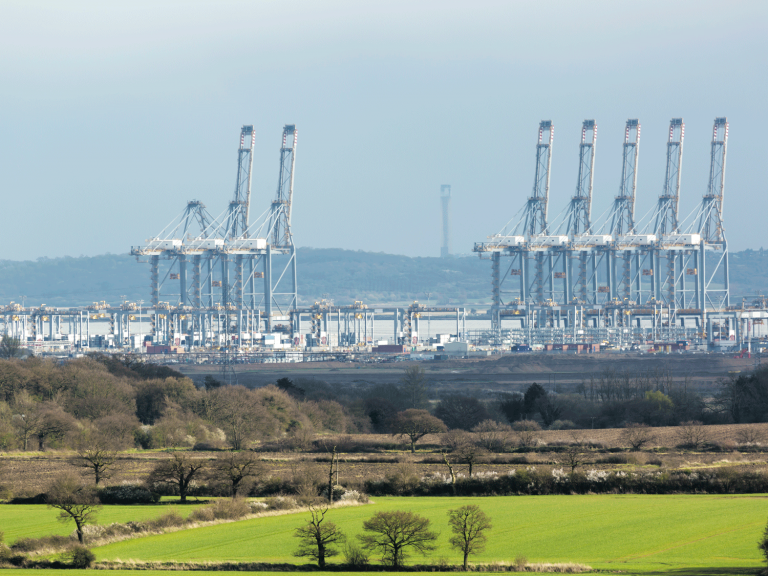
Date:
Import supply chains; the UK challenge
The equipment shortage in China and Asia and the lack of vessel space on primary trade lanes are continuing to present significant supply chain challenges and while the UK’s port and transport infrastructure continues to struggle, stability is emerging in some areas.
The port and terminal disruption that began in Felixstowe and filtered out to the UK’s primary gateway container ports in the later part of 2020 has not entirely dissipated, with congestion disrupting dock collections, empty restitutions and vessel working.
More stability is evident, but demands are still very high and it is likely that issues at ports and warehouses will persist while operational capability is hindered by COVID-safe working practices.
Transport operations have been under significant stress since last Summer and, despite reduced capacity at ports and railheads, the traditional transport booking window remains predominately AM Monday/Friday, which has inevitably added to existing congestion.
An increase in PM booking times would benefit and reduce the current pressure points, as all ports/railheads get particularly congested during the AM demand, which has become more acute as cargo receiving warehouses reduced opening times during covid, removing flexibility to accept late arriving vehicles.
UK haulage resources will continue to be constrained post-COVID and the industry would be wise to challenge the AM delivery window convention, if timed delivery slots are not to be replaced by delivery periods that may run into hours, per other transport sectors.
Haulage and rail demand remains extremely, high with bookings being made up to +2 weeks ahead, leading to a high level of close management, to match booking with flexing vessel scheduling and then massive intervention to recover if deliver date changes close to planned delivery, vessels divert or unexpected vessels arrive.
Southampton
Port volumes remains very high and although carriers are activity moving empties out, restitutions are not available until vehicles return to the port resulting in some delays or diversions to off dock depots.
Export receiving is presently limited to 7 days before ETA, which has reduced the loading window and requires units to be held off dock before delivering to terminal or delayed vanning.
Vehicle booking slot (VBS) availability has improved, but overall turn-times remain higher particularly at peak periods.
Gateway
As volumes grow and ad-hoc vessel diversions are accepted we are seeing more VBS issues or Module restrictions, where the port limits the number of units per area that can be accessed leading to delivery delays.
Rail expansion is leading to increased cut-off times, to ensure resilience and avoid containers missing their booked train connection.
Felixstowe
VBS availability has improved, but vehicle turnaround can be poor at peak times.
Berth capacity or vessel diversion is leading to haulage capacity at short notice.
Rail operations remain capped in capacity, but plans to relax are active as rail demand is greater than present limits, not allowing spot business to be moved.
Seaforth/Liverpool
Rapid increase in demand and new services are leading to landside issues, with availability of VBS insufficient to clear arrivals and turnaround times increasing.
We are pleased to note that the port owners are investing for the future, including new quay infrastructure, which we hope will see Seaforth’s capacity increase, so they can become a viable alternative to the traditional southern ports.
Storage facilities
Port storage facilities at FXT/SOU/LGW all remain heavily utilised, but some storage options are returning as PPE volumes reduce or are transferred away to long-term storage facilities to reduce congestion.
Empty depots remain at high capacity and carriers are having to manage stocks carefully to ensure capacity / right equipment to fulfil export bookings.
Driver shortages have been a critical supply chain risk factor for many years and driver wages are likely to increase, as hauliers look to expand capacity, by securing additional labour.
Metro has strong working relationships directly with port, carrier and haulage/rail partners, which ensures we are informed and can react swiftly to changing developments.
We keep customers informed at all times, through their account management team and via our award winning MVT supply chain visibility tool. Keeping supply chains optimised and avoiding unnecessary costs.
